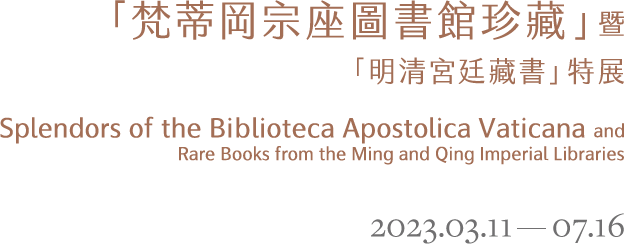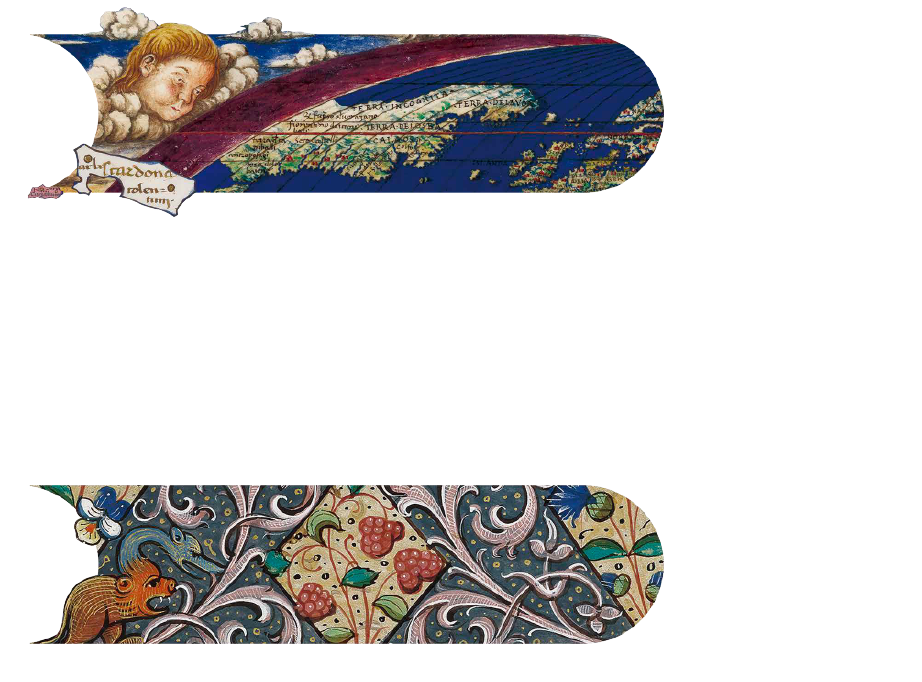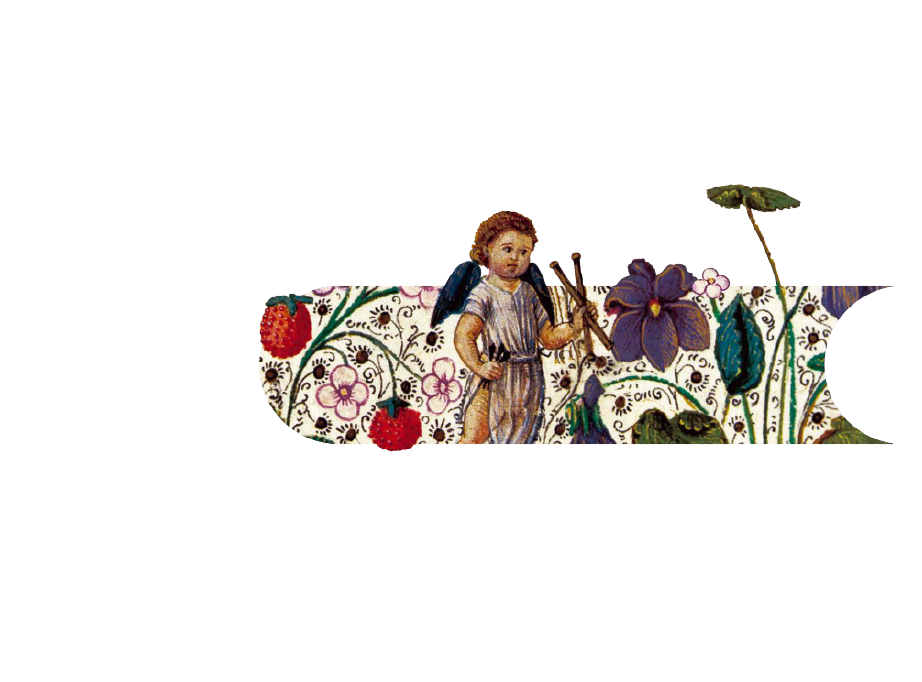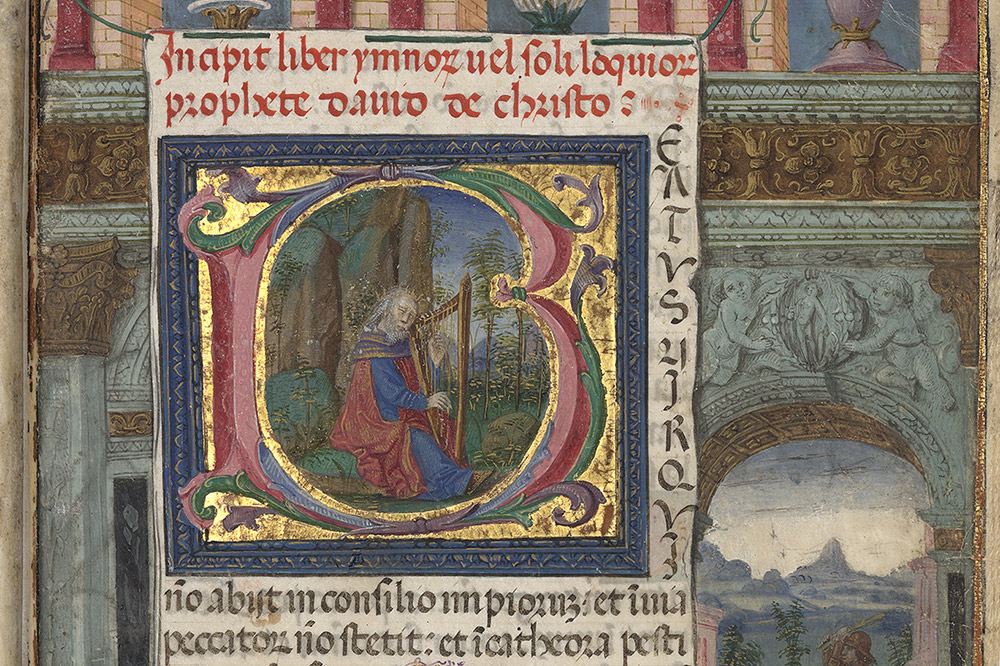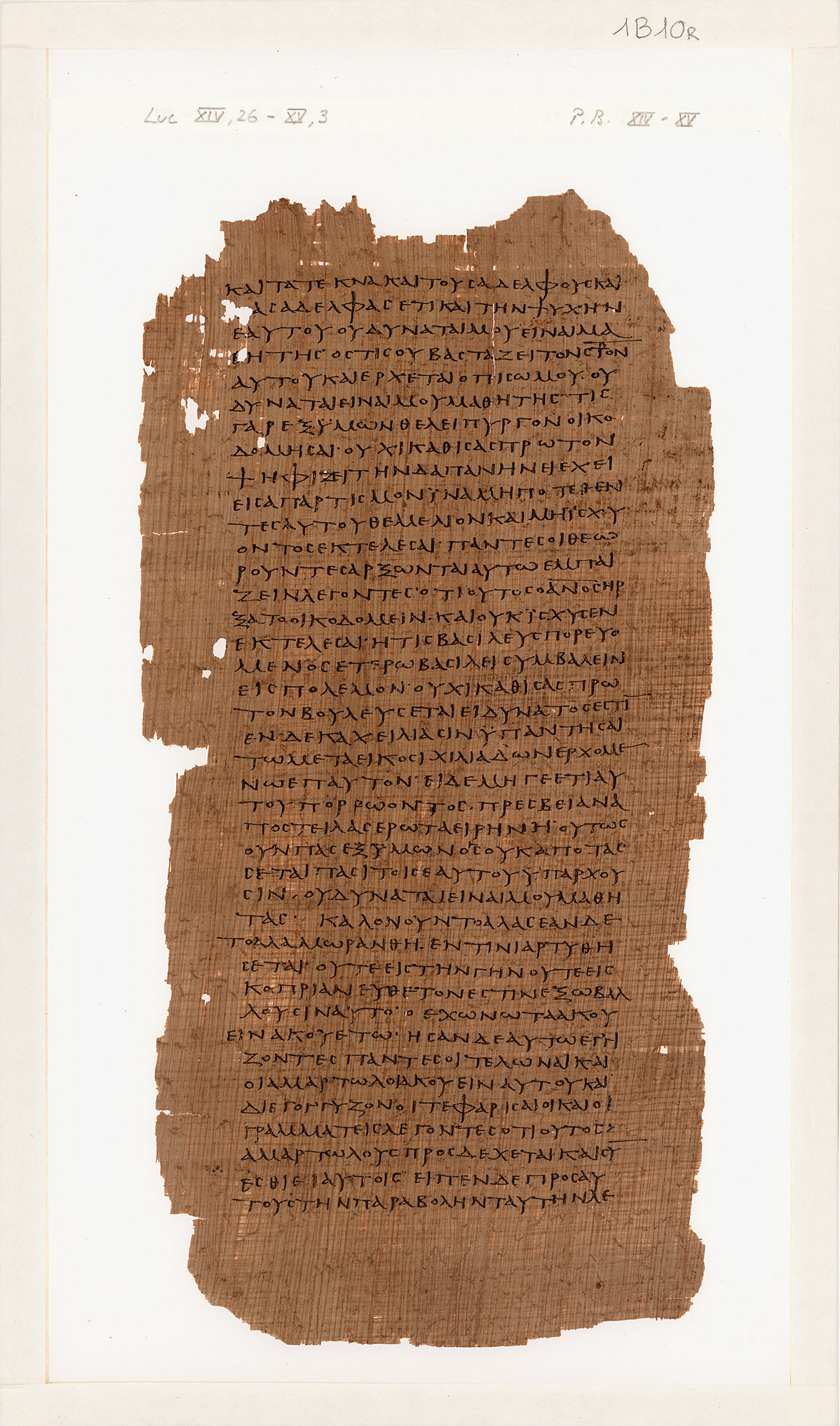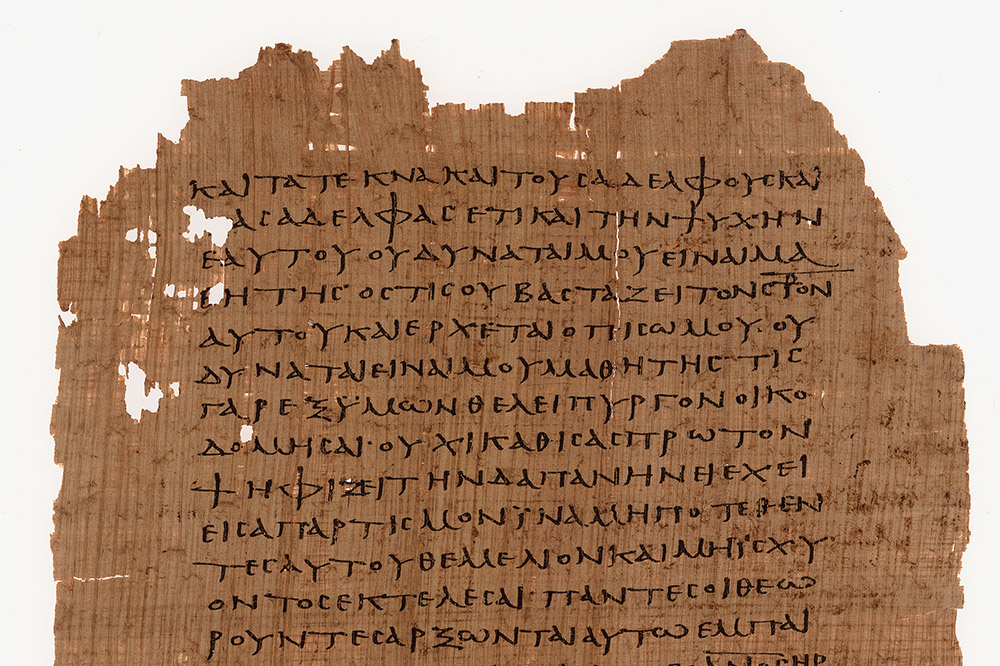The 20th Century
In the 20th century the Biblioteca Apostolica Vaticana continued to enrich its collections and to keep itself systematically open to innovation.
In 1902 the 2,500 Borgiani manuscripts arrived, evidence of over twenty different languages, including the Borg.Mexican.1, a very rare Nahuatl manuscript made in Central America before the journey of Christopher Columbus (1451-1506). In the same year, the large Barberini library was purchased, with 11,000 manuscripts, the family archive and 36,000 prints, including a copy of the 42-line Bible by Johannes Gutenberg (c. 1400-1468), the first book produced with the revolutionary movable type printing technique. In 1921, 1,200 manuscripts and 8,000 printed works from the Rossiano collection also arrived.
Pius XI (r. 1922-1939), before becoming pope, had been Prefect of the Biblioteca Apostolica Vaticana. His experience as a librarian made him well aware of the needs of the institution and, with the help of Prefect Giovanni Mercati (1866-1957) and librarian Eugéne Tisserant (1884-1972), gave birth to a particularly positive new phase in the history of the Biblioteca. Important were the new acquisitions of manuscripts and printed books. New deposits for 800,000 volumes were constructed and a new entrance to the Biblioteca was built. Contacts and close collaboration with librarians from the United States and other countries also allowed a radical renewal of library techniques, with the creation of a new catalogue of printed books. In 1934 the Scuola Vaticana di Biblioteconomia (Vatican School of Library Science) was established, so was an internal photographic laboratory in 1937.
The growth of the Biblioteca Apostolica Vaticana continued throughout the century, so much so that during the pontificate of Paul VI (r. 1963-1978) an additional storage was erected for over 400,000 printed volumes and with John Paul II (r. 1978-2005) new rooms were built and an underground security deposit for manuscripts installed, equipped with cutting-edge systems. Thanks to new technologies, it has been possible since 1996 to consult the entire catalogue of printed books online, and the computerized catalogue of manuscripts has been launched as well.
Libro d'Ore (Book of Hours)
- 1480-1490|Naples|Parchment|270×170×62 mm
- Ross.197|Original|© Biblioteca Apostolica Vaticana
The Libro d'Ore is a collection of prayers distributed at various times of the day according to a certain structure. These books include: calendar, the Psalter, canticles, litanies, Passio Domini (The Passion), offices of the Passion, of the Virgin and of the dead as well as seven penitential Psalms. On f.1r, inside the initial B (Beatus vir), David is shown playing, and around him, in an articulated architectural frame, are other episodes of his life.
Bibbia (Bible)
- Greek|3rd century|Papyrus|260×130 mm
- Papiro.Hanna.1|Image reprinting|© Biblioteca Apostolica Vaticana
The Papiro Hanna 1 originally contained the Gospels of Luke and John in their entirety, but has lost about half of its content. It is an important witness to both gospels, mainly related to the so-called Codex B of the Bible (Vat.gr.1209) from the 4th century. The Papiro Hanna 1 also has considerable historical importance, since it is the oldest known codex that handed down the two gospels together, thus demonstrating that, the canon of the four gospels was closed already in the 2nd century. It is quite probable that the Papiro Hanna 1 dates back to the 3rd century.
